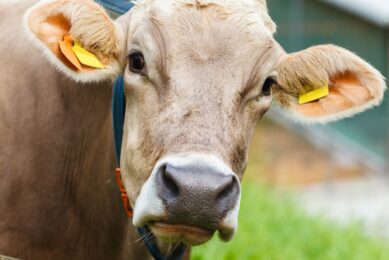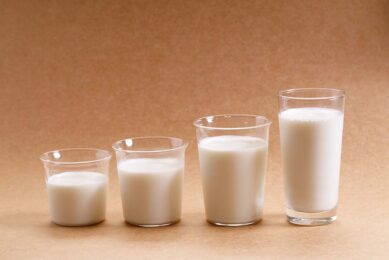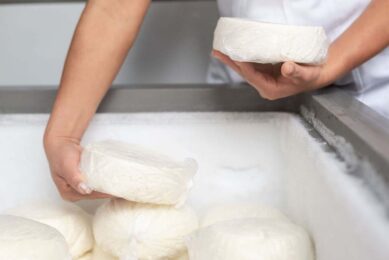Global supply squeeze leads milk price to record highs

This season, New Zealand milk production has been on the back foot. Dairy production elsewhere is also soft. According to Senior sgri economist, Nathan Penny of Westpac, a global supply squeeze leads the milk price to record highs.
Westpac New Zealand has upgraded its farmgate milk price forecast for season 2021/2022 by 40 cents to NZ$8.90 (US$6.06) per kg milk solids. If achieved, the milk price would reach a record high, surpassing the previous record of NZ$8.40 (US$5.72) per kg set back in 2013/2014.
According to Penny, the key catalyst for the 2021/2022 forecast revision is the downgrade to the New Zealand production forecast for the season. “We now expect New Zealand production to fall by 1.5% compared to last season. Previously, we expected production to fall by 1%.”
View here: Global market prices overview
This season, winter and spring have been either wet or cold or both in many parts of New Zealand. “As a result, production for the first 4 months of the season is running at 3.1% behind the same stage of last season,” Penny points out. “We expect this production softness to continue in the short term. Anecdotes also suggest that October has been similarly weak, while November hasn’t been much better.”
Limited feed availability
Penny says that dairy production elsewhere is also soft. Weather has also impacted European production, with the first 8 months of the year flat compared to the same period a year ago. “And Chinese (domestic), US and EU production all continue to be constrained by very high feed costs and limited feed availability,” Penny says.
Dairy auction prices posted solid gains on 16 November. Prices have increased 1.9% across the board in the latest Global Dairy Trade auction. The volume traded exceeded 30,000 metric tonnes (mt) for the first time this season, at an average price of $4,287 per mt.
Westpac expected these gains. “The result was largely in line with our expectations,” Penny says. “We had expected a 2% lift in WMP prices. From here, we expect that ongoing weakness in global dairy production will continue to underpin global dairy prices.”
View here: Global market prices overview
Farmgate price
Fonterra increased and narrowed its forecast farmgate milk price range for 2021/2022 to NZ$7.90 (US$5.38) – NZ$8.90 (US$6.06) per kg milk solids, from NZ$7.25 (US$4.94) – NZ$8.75 (US$5.96) per kg. CEO, Miles Hurrell, says the lift in the forecast price range is a result of continued demand for New Zealand dairy relative to supply. “At a NZ$8.40 (US$5.72) midpoint, this would equal the highest farmgate milk price paid by the co-op, and would see almost NZ$13 billion (US$8.86 billion) flow into regional New Zealand through milk price payments this season.”
Hurrell explains that demand from China has eased over the past couple of months, while other regions have stepped in to keep demand firm. “On the supply side, overall global milk supply growth is forecast to track below average levels, driven by a slowdown in US production due to the increased cost of feed,” he says. “These supply and demand dynamics are supporting the current pricing levels, and a higher contract rate has given us the ability to narrow the forecast range.”
Hurrell emphasises that it’s still early in the season. “A lot can change, and there can be increased volatility when prices are high. There are a number of factors we are keeping a close eye on that could impact demand. This includes the continued impact on global markets from Covid-19, growing inflation pressures, volatility in exchange rates, New Zealand weather conditions, and the potential impact of any geopolitical issues.”
Higher price milk
In Australia, supermarket giant Woolworths has increased the price of its home brand milk to AUS$1.30 (US$0.93) per litre, a AUS$0.10 cents (US$0.7 cents) per litre increase for 2-litre and 3-litre bottles. One litre of milk will cost AUS$1.35 (US$0.97). It is the first increase by Woolworths since July 2019.
View here: Global market prices overview
According to a Woolworths spokesperson, farmgate milk prices have increased significantly over the past 2 years. “And they’re forecast to continue rising in the season ahead,” the spokesperson says. “We have reviewed and adjusted the price of Woolworths brand milk to reflect the higher costs.”
Join 13,000+ subscribers
Subscribe to our newsletter to stay updated about all the need-to-know content in the dairy sector, two times a week.










